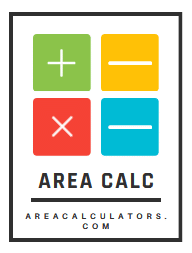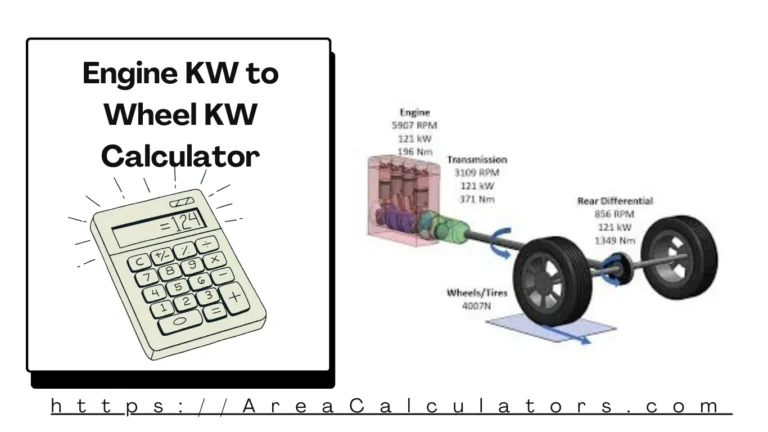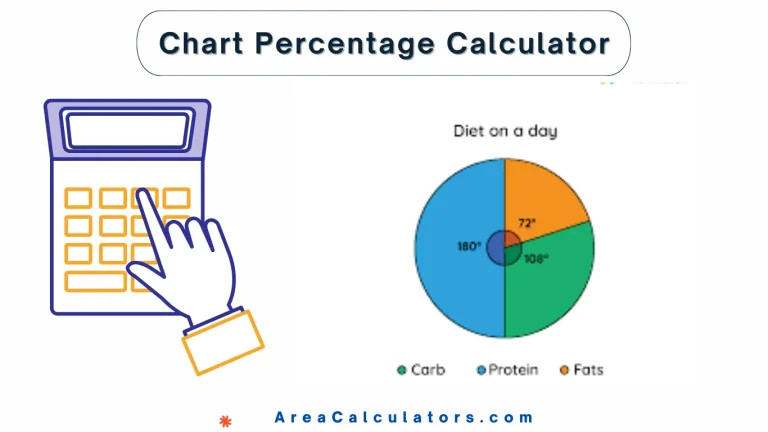To calculate the Blast Yield in terms of tons of TNT, divide the energy of the explosion by the energy equivalent of 1 ton of TNT (4.184 × 10⁹ joules) and multiply the result by 1000. This gives the explosion’s yield in TNT equivalent.
The Blast Yield Calculator estimates the energy of an explosion in terms of TNT equivalent. By inputting the energy of the explosion, the calculator gives a result in tons of TNT, which is useful for understanding the power and potential impact of the blast.

Formula:
Where:
- BY = Blast Yield (in equivalent tons of TNT)
- E = Energy of the explosion (in joules)
- ET = Energy equivalent of TNT (4.184 × 10^9 joules per ton of TNT)
| Variable | Description |
|---|---|
| BY | Blast Yield (in tons of TNT equivalent) |
| E | Energy of the explosion (in joules) |
| ET | Energy equivalent of 1 ton of TNT (4.184 × 10⁹ joules) |
Example Calculation:
Let’s assume the Energy (E) of the explosion is 8.368 × 10⁹ joules.
Using the formula:
So, the blast yield is equivalent to 2000 tons of TNT.
Step-by-Step Calculation :
| Step | Calculation | Result |
|---|---|---|
| 1 | Divide the energy by the energy equivalent of TNT | |
| 2 | Multiply the result by 1000 to get tons of TNT |
What is Blast Yield Calculator ?
A Blast Yield Calculator helps estimate the energy released by an explosion, typically measured in tons or kilotons of TNT. The yield of an explosion refers to the total energy output, and it can be calculated based on factors like the explosive material and mass involved.
The formula for blast yield often depends on the type of explosion, but for TNT, the yield is proportional to the energy released in joules.
To calculate the blast radius (the distance from the explosion center where significant effects are felt), tools like the kiloton blast radius calculator or the nuke blast radius calculator are used. For example, a 10-ton TNT explosion has a smaller radius compared to a 1000-megaton bomb, with the latter producing catastrophic effects over a vast area.
Key formulas involved in blast yield and radius calculations include:
Where:
- R is the radius of the blast,
- Y is the yield in kilotons.
You can use tools like NUKEMAP or an overpressure calculator to simulate the effects of nuclear or conventional explosions. These tools also help visualize the blast area, which varies depending on the yield, type of explosive, and environmental conditions.
For process yield and related applications, formulas like yield percentage and yield loss percentage are used to calculate efficiency and losses in production. The yield in these cases is often expressed as:
These calculations are important for both industrial processes and assessing the impact of explosions in various contexts.






